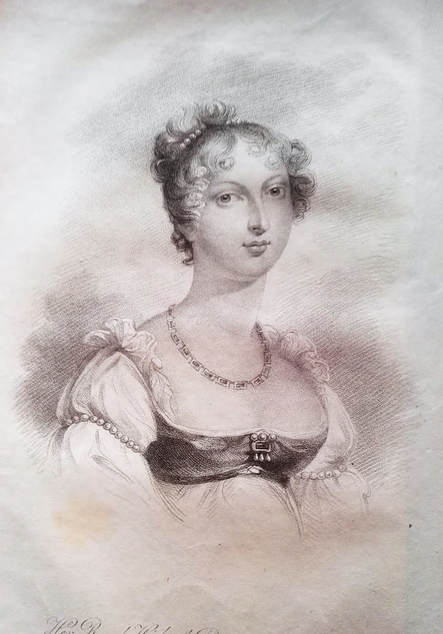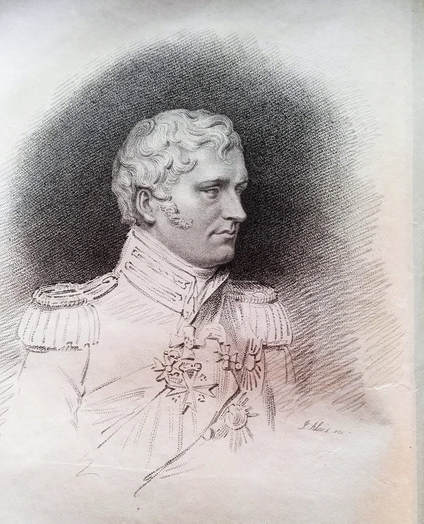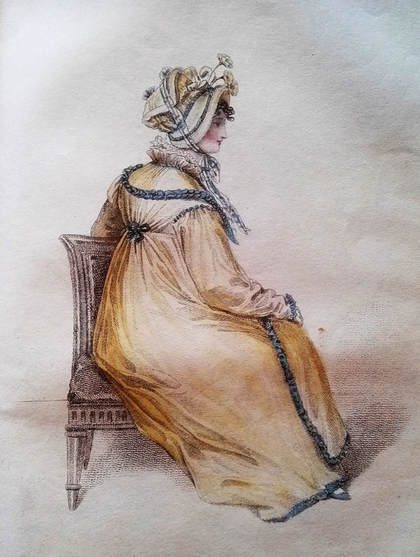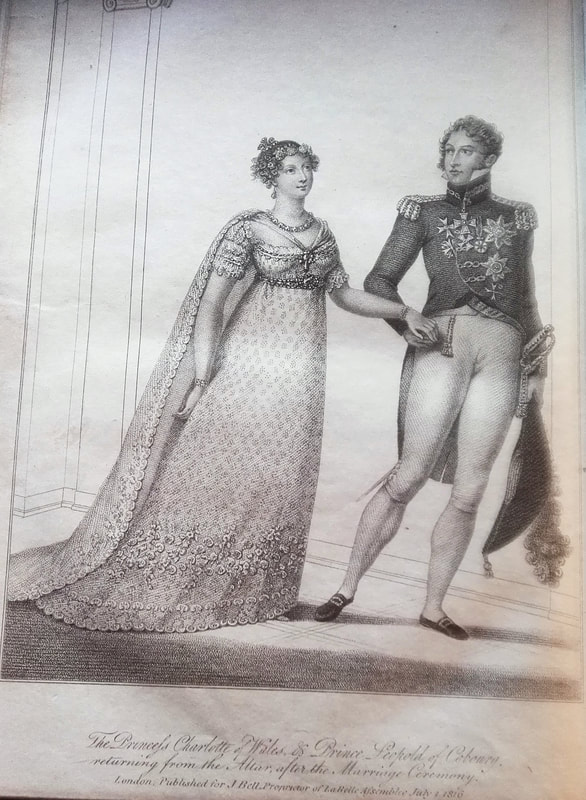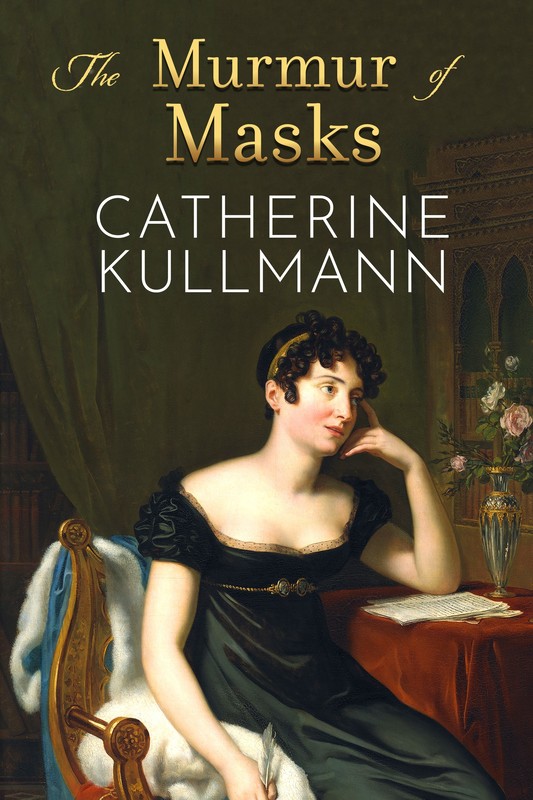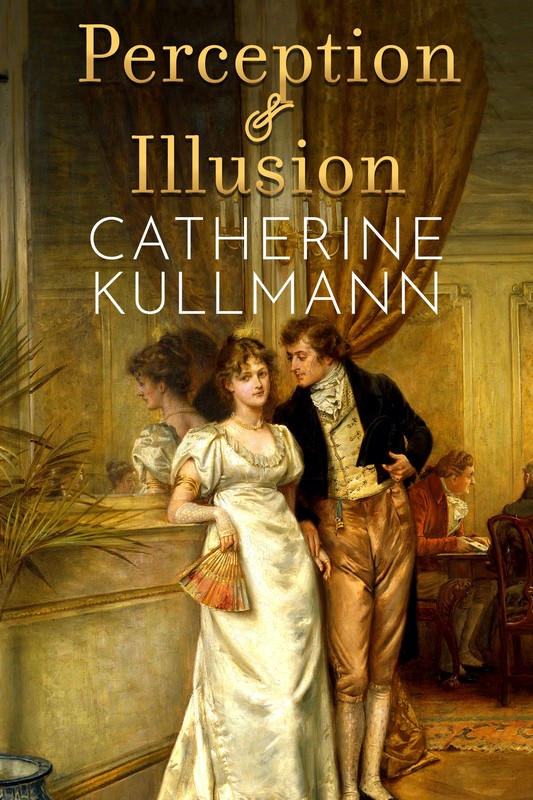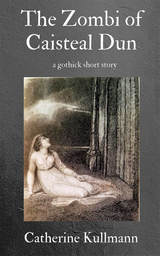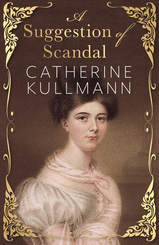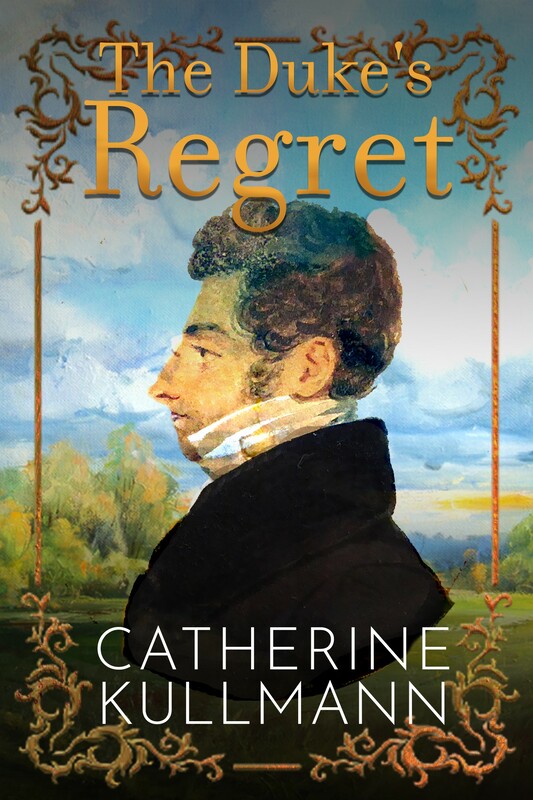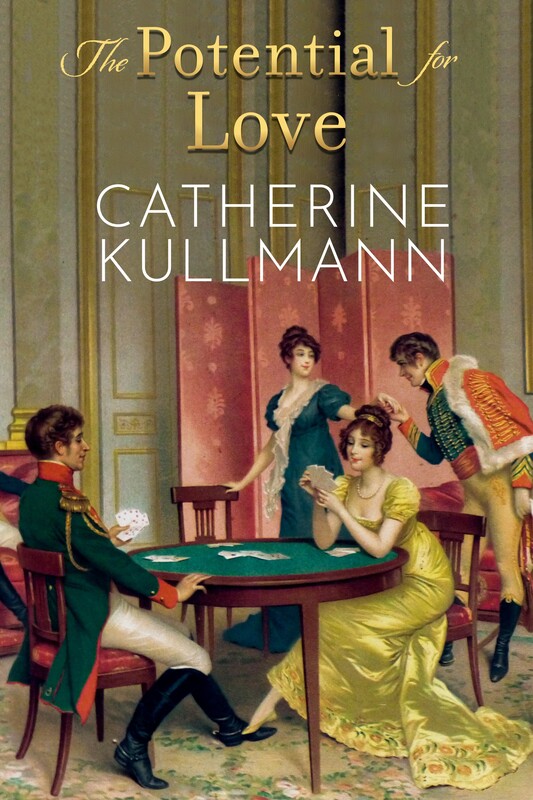Unusually, the article was not accompanied by a portrait of the prince but of Princess Charlotte and the editors lost no time in coming to the point. We are to present our readers with a demi-official announcement of a proposed alliance which, it is said, will be instantly submitted for the approval of Parliament. It is confidently stated that a matrimonial arrangement has actually taken place, in behalf of the presumptive heiress of the British throne, on the one part,—and a Prince of the house of Saxe-Cobourg on the other.
The remainder of the article was devoted to the prince’s antecedents— the house of Saxe Saalfeld Coburg is one of the most ancient and illustrious in Germany—, tracing his descent from Charles, Duke of Lorraine, sixth in descent from Charlemagne and concluding with a brief description of Cobourg itself, while also affirming that the protestant cause has still met with staunch supporters in that illustrious house.
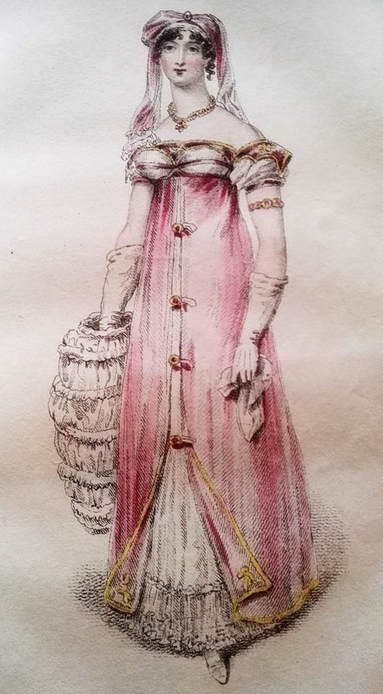
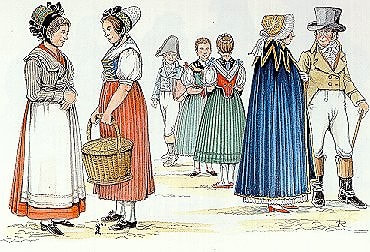
There followed detailed descriptions not only of the bridal dress, but also of nine further dresses made on this happy occasion as well as a travelling dress of white corded silk with a white satin pelisse trimmed with ermine and an elegant white satin hat ornamented with blond [lace] and a beautiful plume of white feathers.
The Cobourgs, as they came to be called, returned to town for the Drawing-Room held by her Majesty on 16 May to receive the congratulations on the marriage of her Royal Grand-daughter with Prince Leopold. It was, La Belle Assemblée tells us, one of the most splendid assemblages of royalty, nobility, beauty, and fashion that has ever been witnessed in this kingdom. Over ten-and-a-half-pages, the magazine lists the attendees and the presentations before describing the dresses of the royal family and selected members of the nobility and gentry.
The couple married not in a church or chapel but in the crimson drawing room at Carlton House, the London Residence of the Prince Regent, shortly after nine p.m. on the evening of 2 May 1816. Rather oddly, the magazine’s description of the ceremony comes last; It is included in its Monthly Miscellany, where two pages are devoted to it. The crowd was particularly great from Charing-cross to the neighbourhood of Carlton House and the Queen’s Palace [Buckingham Palace] we are told, where the Princess dined and dressed. Later, the Queen and the Princesses Charlotte, Augusta, Elizabeth, Mary and Sophia of Gloucester travelled in two carriages to Carlton House, escorted by a party of life guards. The crowd in the Park exceeded all description. The great crimson room…..had been previously fitted up for the occasion with a temporary altar and other items from the Chapel Royal, St James’s Palace. The whole of the foreign ambassadors and ministers were specifically invited…….to enable them to report the same to their different courts. Apart from members of the royal family and the foreign ambassadors, the Dukes of Orleans and Bourbon and the great officers of the household were present. Her Royal Highness the Princess Charlotte advanced to the altar with much steadiness and went through the ceremony with great clearness, so as to be heard distinctly by every person present. The Prince Leopold was not heard so distinctly. Following a round of congratulations, the bride and bridegroom retired arm in arm, and soon after set off for Oatlands, which they reached at ten minutes before twelve.
However, fickle fashion has already moved on. The fashion plates are for British Walking Dress and Parisian Promenade Hats, with no mention of the Cobourgs.
Apart from the extremely purple prose, the magazine's coverage of the royal wedding was very similar to that of today. The main difference in the celebrations between then and now, I think, is the private nature of the ceremony itself. There was no walk down the aisle of a packed church to a bridegroom waiting impatiently at the altar. As with so many other traditions, this appears to have originated with Queen Victoria in 1840 who arrived in a procession of carriages from Buckingham Palace to the Chapel Royal at St James’s Palace for her marriage to Prince Albert, incidentally the nephew of our Prince Leopold, by now King of the Belgians, who acted as matchmaker.
